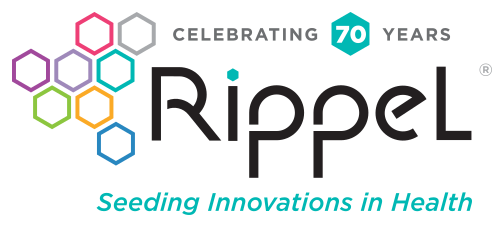When considering H2, the key question is how these innovations will positively or negatively affect the transformation from H1 to H3. H2+ refers to innovations that help hasten that transition, while H2- refers to innovations that tend to delay the transition by supporting the continuation of H1.
Innovations That Perpetuate the Status Quo
To help understand the difference, consider an example of a hypothetical H2- technology related to health and well-being. Specifically, let’s imagine that community leaders developed a new system for connecting their residents to emergency medical services faster, more efficiently, and at a lower cost.
In most ways, this would be a very positive innovation, because urgent services like emergency medical care are an important part of any healthy community.
However, this innovation is not likely to hasten the transition to an H3 system that produces more equitable health and well-being and that supports thriving. Why? Because it still approaches the problem (excessive demand for urgent services) using the conventional means of H1 (increasing access to those services).
In fact, by making the H1 system more efficient, it may even slow down the transition to H3. Public officials, observing a decrease in negative health outcomes (e.g., fewer deaths from emergencies like trauma and cardiac arrest) may consider this an adequate way to solve (or at least manage) the community’s most urgent health problems. As a result, they may feel less motivated to invest in “bigger picture” programs and policies that address the foundational problems at the root of the community’s challenges.
It is important to understand that H2- innovations are not necessarily bad. We simply need to be conscious of the way they can impede the transition to H3, and weigh this factor when considering public health investments.
Innovations That Usher in H3
Now let’s consider an H2+ innovation: The vital conditions for health and well-being framework.
Vital conditions is a framework that identifies the conditions we all need all the time to reach our full potential for health and well-being. It includes measurable factors like humane housing and reliable transportation, as well as more subjective factors like a sense of belonging and the ability to shape the future of one’s community.
This framework provides a new way of thinking about population health and well-being, to move beyond “band-aid” solutions (like increasing access to urgent services) and focus on implementing long-term system changes that create thriving communities.
In doing so, the vital conditions framework helps to usher in a new, more sustainable “H3” ecosystem that enables more equitable health and well-being.











